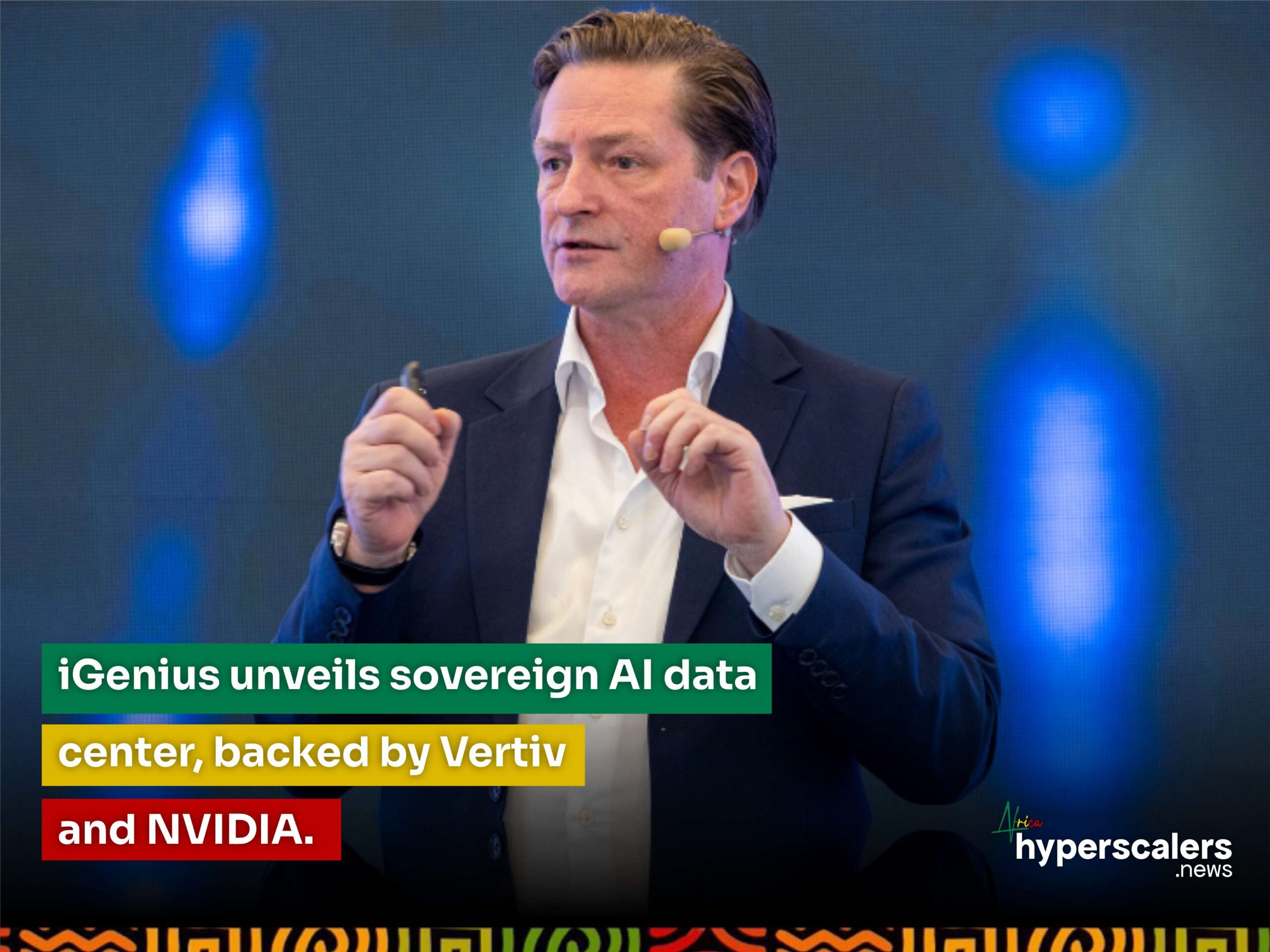AI innovator iGenius has announced the launch of Colosseum, a next-generation sovereign AI data center projected to become one of the largest of its kind globally. Built in collaboration with infrastructure provider Vertiv and technology powerhouse NVIDIA, the facility is scheduled to go live in 2025 in southern Italy.
Purpose-built to serve Europe’s regulated industries – including finance, healthcare, and government – Colosseum will deploy a high-performance NVIDIA DGX SuperPOD, powered by NVIDIA Grace Blackwell Superchips. The initiative underscores growing demand for AI infrastructure that complies with strict data sovereignty and cybersecurity standards across the European Union.
The data center is underpinned by Vertiv’s 360AI reference architecture and prefabricated modules, allowing for rapid deployment and high-density compute, with support for up to 132kW per rack. Designed for scalability, Colosseum also anticipates future hardware upgrades, including integration with NVIDIA’s next-gen GB300 systems.

As part of NVIDIA’s Omniverse Blueprint initiative, the facility was designed as a real-time digital twin – enabling Vertiv, iGenius, and NVIDIA engineers to collaboratively simulate and validate key infrastructure components. This approach compressed the design-to-deployment cycle from months to days, cutting lead times for thermal, electrical, and spatial modeling.
Operational oversight will be powered by a dual orchestration stack: NVIDIA Mission Control and Vertiv™️ Unify. This unified platform manages compute, power, and cooling systems in real time, enabling predictive maintenance, performance optimization, and scenario simulation.
“We’re demonstrating how modular systems and software-specific infrastructure enable a new era of mission-critical AI,” said Uljan Sharka, CEO of iGenius.
Beyond a single deployment, Colosseum is envisioned as a replicable model for sovereign AI data centers worldwide. The project reflects a broader shift in AI infrastructure strategy: one where national interests, performance requirements, and operational resilience intersect.





